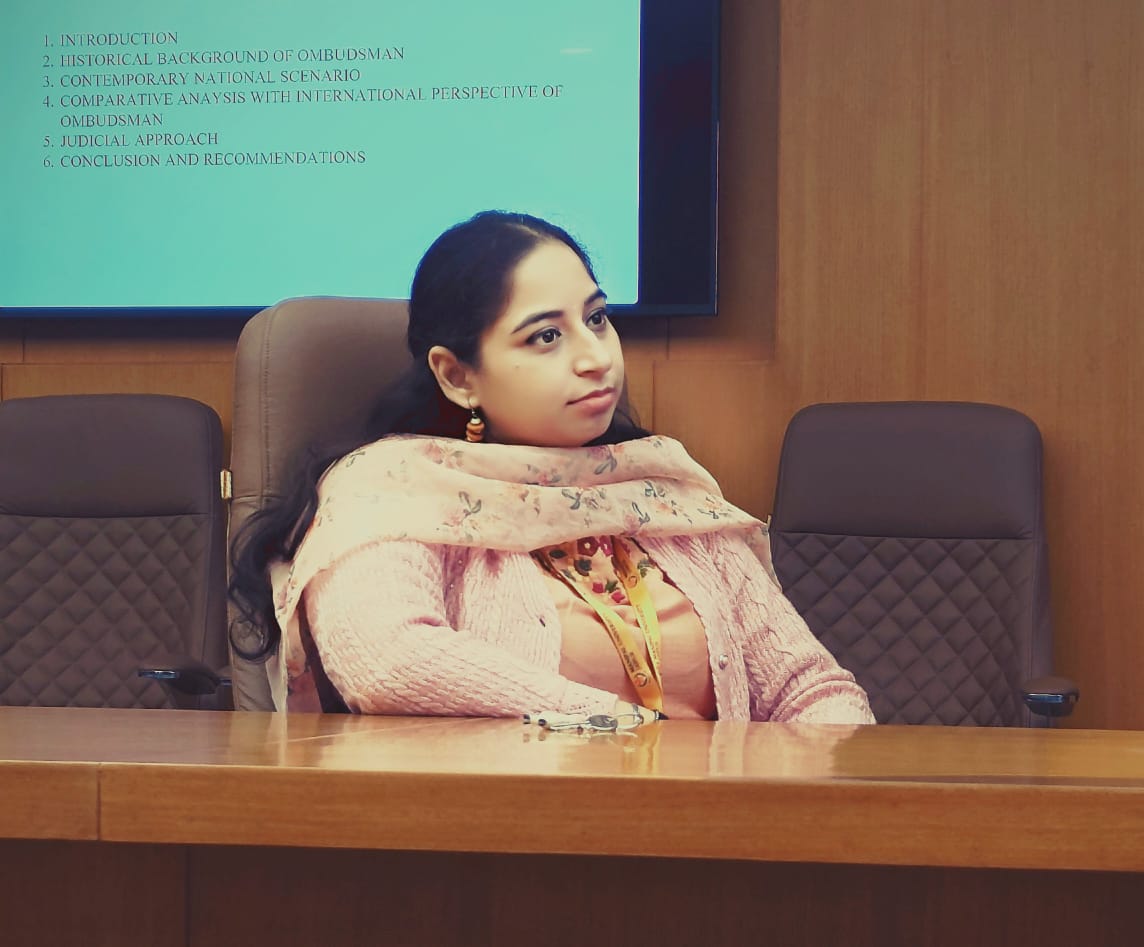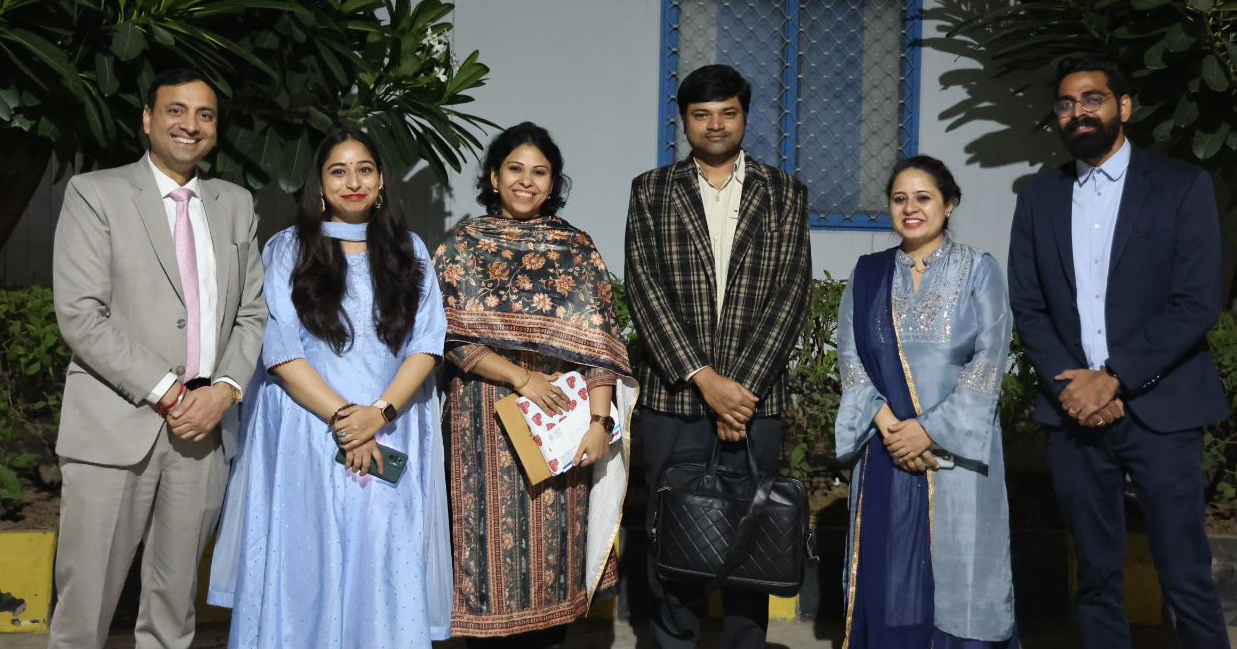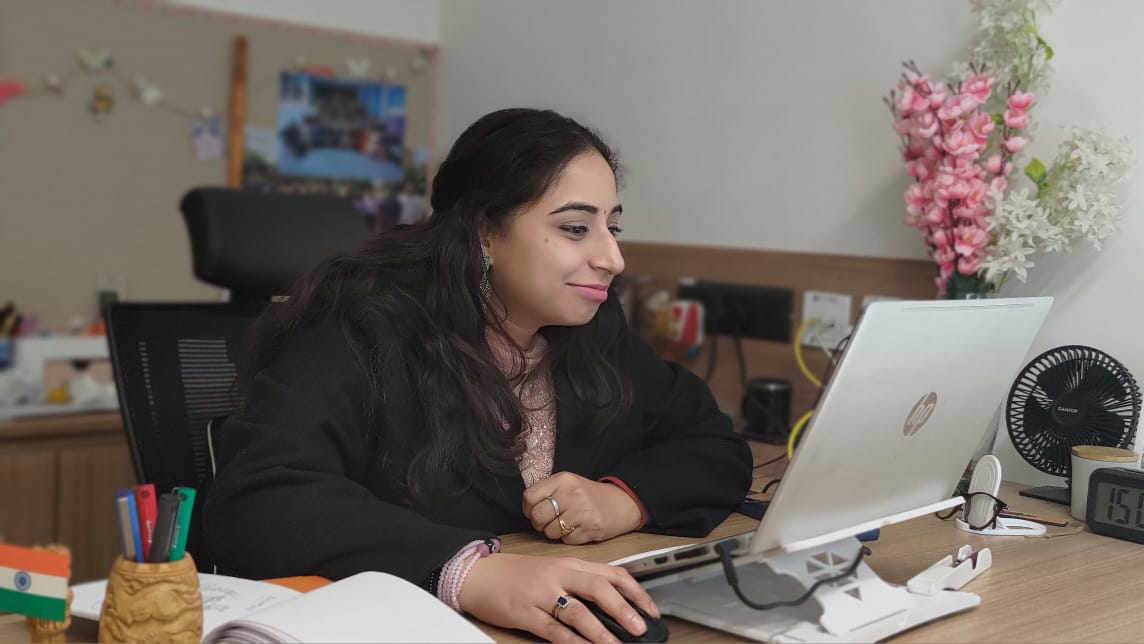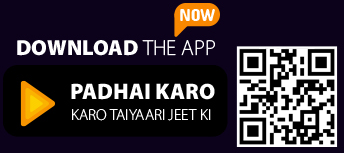About Book
Handbook on Traditional Pedagogy and Contemporary Approaches" offers an insightful exploration of educational methodologies, bridging the gap between time-honored teaching techniques and modern innovations. Edited by Dr. Parineeta Goswami and a team of esteemed academics and professionals, this book covers topics ranging from place-based learning and technology integration to holistic education and the case method. With contributions from judges, advocates, scholars, and educators, the handbook provides a comprehensive understanding of both traditional and contemporary teaching strategies, offering practical insights for enhancing education in diverse academic settings. It serves as a valuable resource for educators, researchers, and students looking to enrich their knowledge and teaching practices.
Preface
"A Handbook on Traditional Pedagogy and Contemporary Approaches" emphasizes the necessity of integrating traditional pedagogical practices with innovative educational strategies. The Editor-in-Chief presents the book as a collaborative effort that draws insights from a diverse group of contributors, highlighting the importance of addressing the diverse needs of learners in an evolving educational landscape.
The book encompasses a range of themes, beginning with Place-Based Learning, which connects academic content to local contexts, enhancing relevance for students. Other chapters discuss technology integration, experiential learning in legal education, and the holistic development of students. Notable pedagogical approaches like the Case Method and Flipped Learning are explored, demonstrating how they foster critical thinking and active engagement, thus enriching the learning experience.
Acknowledgement
As we navigate the evolving landscape of education, this book serves as a valuable resource for educators, students, and researchers committed to enhancing learning outcomes and preparing students for success in a complex and ever-changing world. The diverse perspectives and innovative approaches presented in this book reflect our collective commitment to advancing the field of education and fostering a rich and dynamic learning experience. I extend my heartfelt gratitude to all the contributors who have generously shared their expertise and insights, as well as to the readers who will engage with this work. We hope that "A Handbook on Traditional Pedagogy and Contemporary Approaches" will inspire and inform educators as they continue to shape the future of teaching and learning.
Inside Book
| TABLE OF CONTENTS | |
| About the Book | iii |
| Foreword | v |
| Preface | vii |
| Acknowledgment | x |
| About the Editors | xiii |
| 1. Basic Understanding of Place based Learning Methodology | 1-4 |
| 2.Transforming Traditional Teaching Methods Through Technology Integration | 15-26 |
| 3.Law Students’ Perception on The Clinical Method of Legal Instruction: A Theory Versus Practice | 27-54 |
| 4.Law Students’ Perception on The Clinical Method of Legal Instruction: A Theory Versus Practice | 55-56 |
| 5.Constructivist Pedagogical Approaches to Law Teaching and Fundamental Rights: Bridging Digital Natives and Immigrants | 67-68 |
| 6.Case Method- Engage Students Through Real Life Scenarious, Encouraging Crtical Thinking and Analysis Within in Contextual Framework | 79-100 |
| 7.Enhancing Learning Outcomes Through Case Study Pedagogy: A Comprehensive Analysis | 108-118 |
| 8.Flipped Learning in Higher Education. | 119-134 |
| 9.Active Learning vs. Passive Learning: A Pedagogical Perspective | 135-146 |
| 10.Fostering Critical Thinking and Problem-Solving Skills in Law Students: An Outcome-Based Learning Perspective | 147-160 |
| 11.Exploring Nature’s Classroom: A Guide To Outdoor Education | 161-180 |















